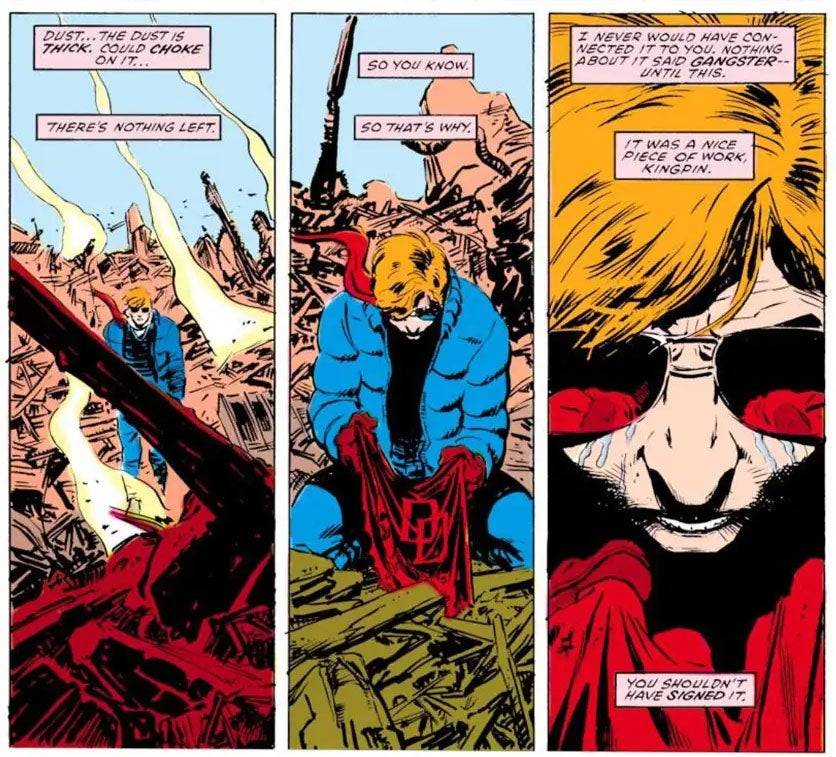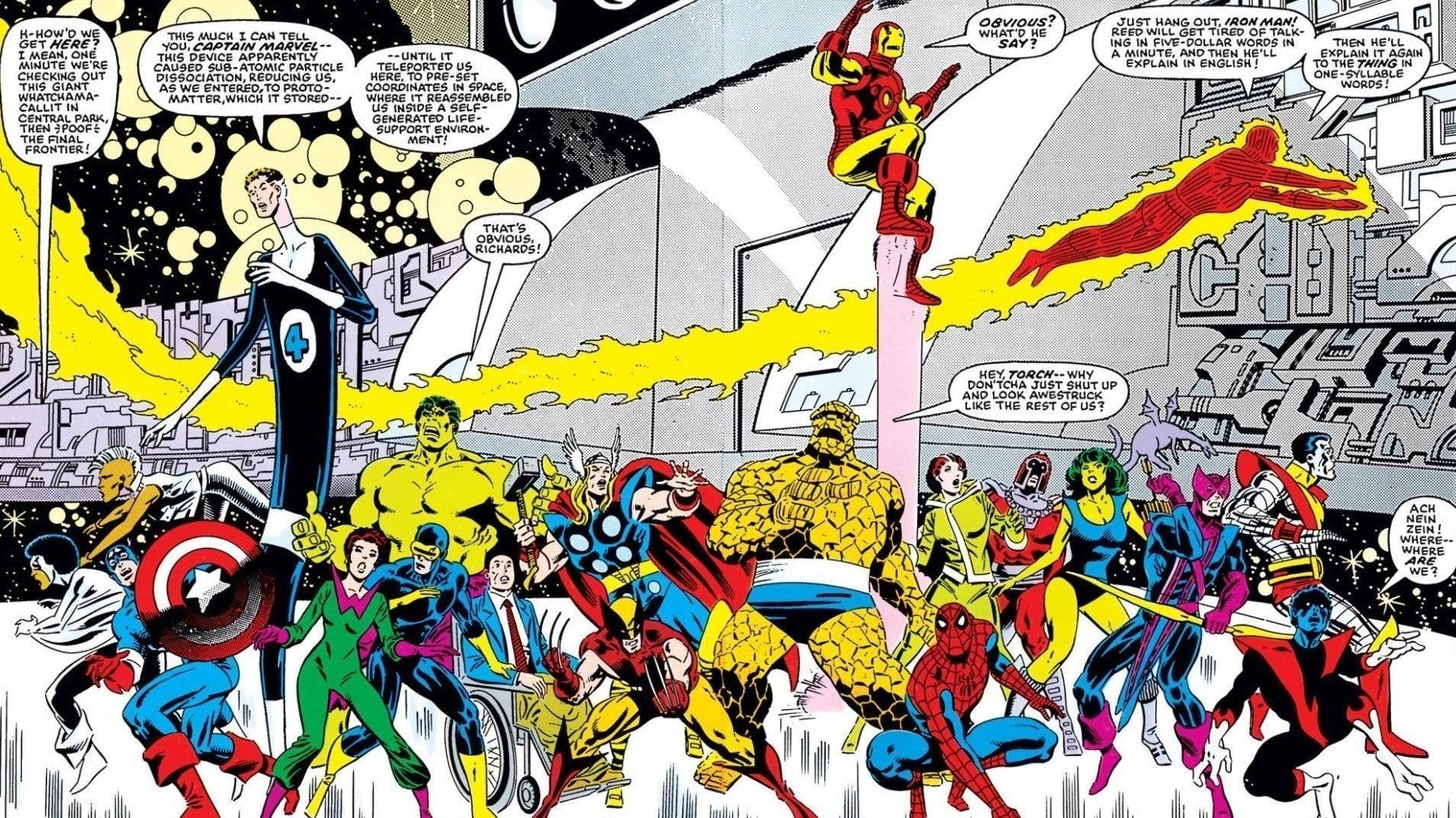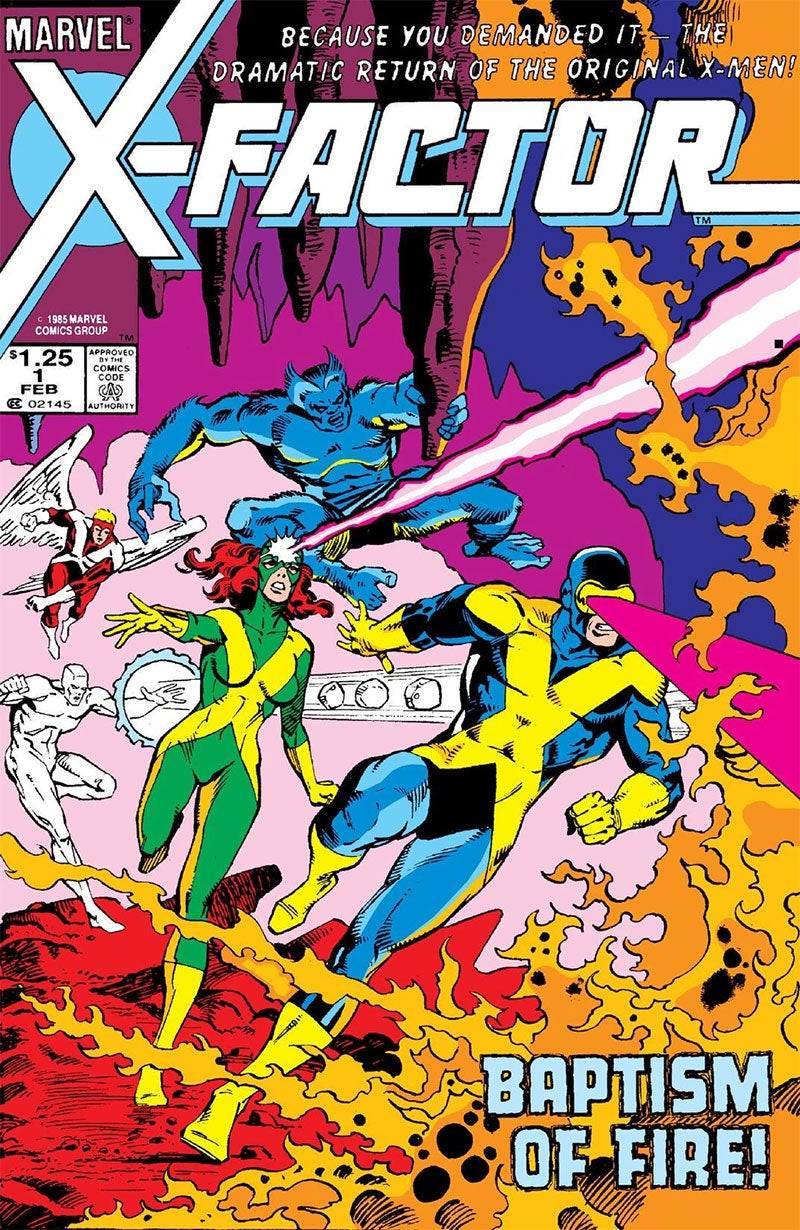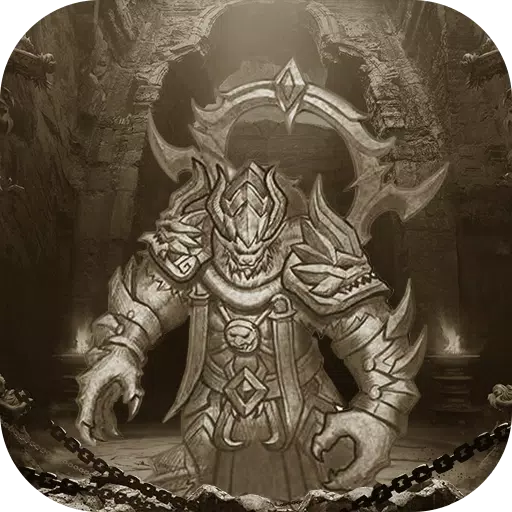by George May 01,2025
The mid-1980s marked a golden era for Marvel Comics, both creatively and financially. Having overcome the financial struggles of the late 1970s, largely thanks to the success of Star Wars, Marvel was poised to revolutionize the comic book industry with the launch of Secret Wars in 1984. This event had profound effects on the Marvel Universe and the wider industry, ushering in new narrative directions for its heroes and villains that would resonate for years.
During this period, several other landmark stories emerged, including Frank Miller's Born Again arc in Daredevil, the return of Jean Grey in X-Factor, and Walt Simonson's Surtur Saga in Thor, among others. In this installment, Part 8 of our series, we delve into these pivotal stories and other significant developments from the same timeframe. Join us as we explore the essential issues of Marvel Comics from this vibrant era.
Among the most celebrated narratives of this period, Frank Miller's Born Again stands out. Returning to write Daredevil after his groundbreaking initial run, Miller, with artist David Mazzuchelli, crafted an unforgettable arc in Daredevil #227-233. The story begins with Karen Page, in the throes of addiction, selling Daredevil's secret identity for heroin, which ultimately falls into the hands of the Kingpin. He uses this information to systematically dismantle Matt Murdock's life, leaving him homeless and destitute. It's only through the intervention of his mother, a nun named Maggie, that Matt begins his arduous journey back to becoming Daredevil. The narrative explores Matt's slow resurgence and the Kingpin's descent into obsession, culminating in a masterpiece that showcases the Man Without Fear. This story inspired Season 3 of Netflix's Daredevil and serves as the basis for the title of the Disney+ revival series Daredevil: Born Again.
 Daredevil: Born Again
Daredevil: Born Again
Simultaneously, Walt Simonson brought a new dimension to Thor with his run starting in 1983, introducing Beta Ray Bill in Thor #337, an alien worthy of wielding Mjolnir. Simonson's work infused Thor's narrative with a rich, mythic fantasy, culminating in the epic Surtur Saga from #340-353. This saga follows the fire demon Surtur's quest to bring about Ragnarok using the Twilight Sword, sending Malekith the Accursed to battle Thor. The climax sees Thor, Loki, and Odin united against Surtur in a battle that would influence later adaptations like Thor: The Dark World and Thor: Ragnarok.
As discussed in Part 4 of our series, the Avengers/Defenders War of 1973 foreshadowed the rise of event crossovers. This trend fully materialized with the release of Secret Wars in 1984, a 12-part miniseries conceived by then Editor-in-Chief Jim Shooter, with art by Mike Zeck and Bob Layton. Originating from a marketing partnership with Mattel, the story sees the Beyonder transporting numerous Marvel heroes and villains to Battleworld to determine the superiority of good or evil through combat. While the series is renowned for its large cast and universe-altering consequences, it often lacks depth in character development, particularly with the X-Men and the unusual pairing of Magneto and the Wasp.
 Secret Wars #1
Secret Wars #1
Despite its narrative flaws, Secret Wars significantly impacted the comic industry, leading to a sequel, Secret Wars II, and alongside DC's Crisis on Infinite Earths, it established the event model as a staple in comic publishing. The 2015 version of Secret Wars by Jonathan Hickman and Esad Ribić provided a more cohesive and satisfying exploration of the concept.
Following the foundational work of Stan Lee and Gerry Conway, Roger Stern revitalized Amazing Spider-Man with his run starting in issue #224. His tenure introduced the Hobgoblin in #238, a formidable new adversary for Spider-Man. Although Stern's original storyline was cut short by editorial interference, he later resolved the villain's identity in the 1997 miniseries Spider-Man: Hobgoblin Lives.
In Amazing Spider-Man #252, Stern also introduced Spider-Man's black symbiote costume, which debuted in Secret Wars #8. This costume sparked a significant subplot leading to the emergence of one of Spider-Man's most iconic villains. The symbiote saga has been adapted multiple times across various media, including Sam Raimi's Spider-Man 3 and Insomniac's Spider-Man 2. Another critical story from this period is The Death of Jean DeWolff in Spectacular Spider-Man #107-110 by Peter David and Rich Buckler, a darker tale involving Spider-Man's quest for justice following the murder of his police ally, Jean DeWolff, and his conflict with Daredevil.
 Spectacular Spider-Man #107
Spectacular Spider-Man #107
The mid-1980s were also a time of significant developments for Marvel's mutants. Vision and the Scarlet Witch #4 confirmed Magneto as the father of Quicksilver and Scarlet Witch, a plot point that endured until a 2015 retcon. X-Men #171 saw Rogue switch sides from the Brotherhood of Evil Mutants to the X-Men, cementing her status as a beloved heroine. Similarly, X-Men #200 featured Magneto's trial and subsequent leadership of Xavier's School, a narrative adapted in X-Men '97.
The period's most pivotal mutant stories were Jean Grey's resurrection and the introduction of Apocalypse. Jean returned in a two-part story across Avengers #263 and Fantastic Four #286, with no memory of her time as the Phoenix. This plot, conceived by future writer Kurt Busiek, led to her reuniting with the original X-Men to form X-Factor. In X-Factor #5-6, Louise Simonson and Jackson Guice introduced Apocalypse, an ancient mutant with Celestial technology, who became a central antagonist for X-Factor and a staple in X-Men media, including the 2016 film X-Men: Apocalypse.
 X-Factor #1
X-Factor #1
Zenless Zone Zero Update Cycle Leak Hints at Future Content cadence
All Mavuika Materials, Kit, and Constellations in Genshin Impact
Counterfeit Bank Simulator: Minting Solution for Economic Crises
Marvel Rivals: Season 1 Dracula Explained
Best Xbox Game Pass Games For Kids (January 2025)
Solo Leveling: Global Tournament Draws Near
Power Rangers: Uncover Hidden Secrets in Rita's Carnival and Cemetery
Albion Online launches Paths to Glory update with new content, boosted spawn rates, and more

Match Masters Mod
Download
Quiz of Knowledge Game
Download
Word Town: Find Words & Crush!
Download
Russian Solitaire..Косынка Фото Квест
Download
Warriors and Adventure
Download
Pixel Squad: War of Legends
Download
Gratuite - Vegas Slots Online Game
Download
من سيربح المليونين
Download
Word Blocks Puzzle - Word Game
Download